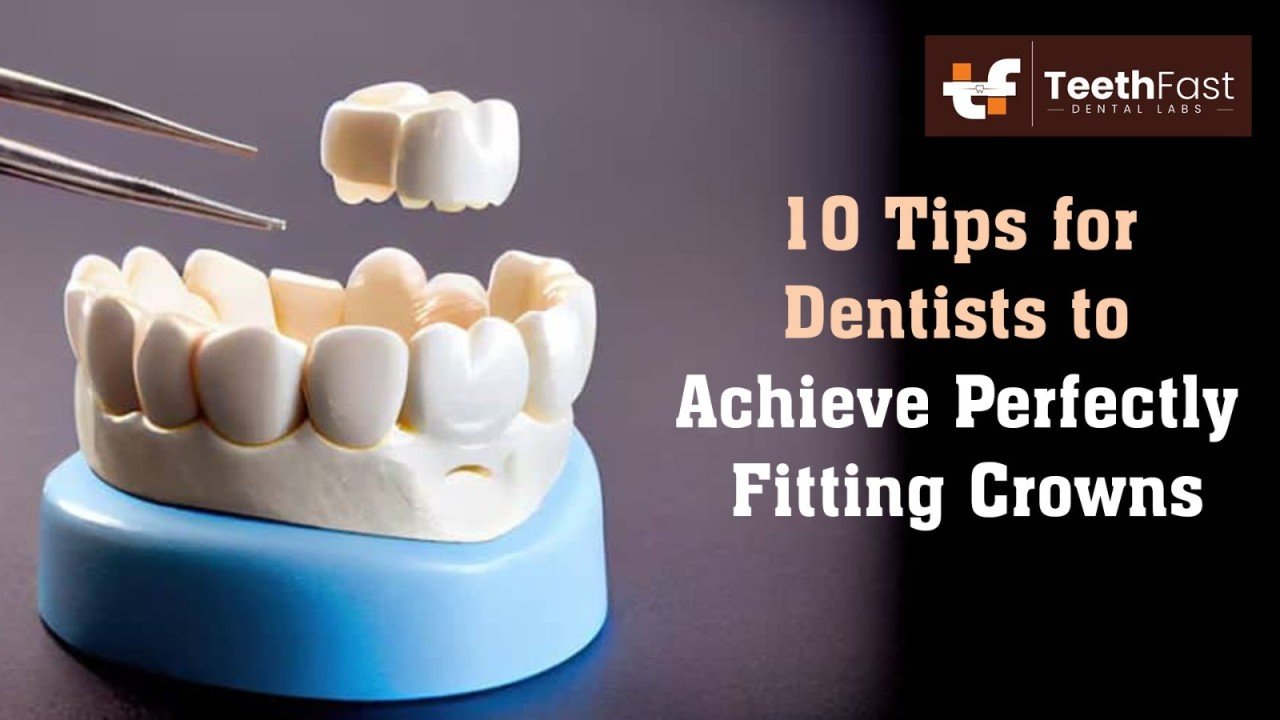Creating perfectly fitting crowns is essential for ensuring patient satisfaction, comfort, and the long-term success of restorative dental work. A well-fitted crown can enhance aesthetics, improve functionality, and maintain the health of surrounding teeth. Here are ten essential tips for dentists to consider when crafting and placing crowns.
1. Comprehensive Patient Assessment
Before beginning the crown procedure, conduct a thorough examination of the patient’s oral health. Assess the affected tooth and surrounding structures, including occlusion, periodontal status, and any existing restorations. Understanding the patient's overall dental health will guide your decisions in crown design and placement.
2. Utilize Advanced Imaging Techniques
Incorporate digital imaging and 3D scanning technologies into your practice. These tools provide highly accurate representations of the patient's teeth and occlusion, resulting in better-fitting crowns. Digital impressions can minimize the risk of distortion, leading to a more precise final product.
3. Select the Right Material
Choose the appropriate crown material based on the clinical situation and the patient's needs. Options include porcelain, zirconia, metal, and composite resin. Each material has its unique properties, affecting aesthetics, strength, and wear resistance. Discuss these options with the patient to determine the best fit for their lifestyle and expectations.
4. Ensure Proper Tooth Preparation
Tooth preparation is crucial for achieving a perfect crown fit. Remove sufficient tooth structure to accommodate the crown while preserving as much healthy dentin as possible. The preparation should allow for appropriate retention and resistance without compromising the tooth’s integrity.
5. Take Accurate Impressions
Whether using traditional impression materials or digital scanning technology, ensure that impressions are accurate and void of bubbles or distortions. For traditional methods, double-check that the impression tray fits well and covers all necessary areas. Digital impressions should be captured thoroughly to provide an exact representation of the tooth morphology.
6. Create a Functional Temporary Crown
While the permanent crown is being fabricated, provide the patient with a well-fitting temporary crown. This serves not only as a protective measure but also allows you to assess the patient's occlusion and comfort. Make necessary adjustments based on the patient's feedback before finalizing the permanent crown.
7. Check Occlusion and Contacts
After receiving the permanent crown, carefully check the occlusion and interproximal contacts before cementing it. Ensure that the crown aligns with the patient's bite and does not interfere with normal function. Adjustments should be made to avoid any high spots or misalignments that could lead to discomfort.
8. Utilize the Right Cement
Select the appropriate type of cement for crown placement. The choice will depend on factors such as the crown material and the clinical situation. Ensure that the cement is compatible with the restoration and provides adequate retention while allowing for easy removal if needed in the future.
9. Emphasize Post-Operative Care
Educate your patients on proper post-operative care and oral hygiene practices to ensure the longevity of their crowns. Discuss the importance of regular dental check-ups and cleanings to monitor the crown’s fit and the health of surrounding teeth.
10. Maintain Open Communication
Encourage open communication with your patients throughout the process. Discuss their expectations and any concerns they may have about the crown procedure. After placement, check in with them to ensure they are satisfied with the fit and function of the crown. This fosters trust and enhances the patient experience.
Conclusion
Achieving perfectly fitting crowns requires a combination of skill, technology, and communication. By following these ten tips, dentists can enhance their crown placement process, resulting in satisfied patients and successful restorations. A well-fitted crown not only improves aesthetics and function but also contributes to the overall health of the patient’s smile. Continuous learning and adaptation of new techniques will further enhance the quality of care you provide in your practice.





